According to the government statistics agency IBGE, Brazil’s economy shrank slightly in the three months to June, stalling more than anticipated as a second wave of the pandemic hit demand.
The 0.1% dip in Brazil’s GDP from the previous quarter was worse than the median forecast for 0.2% growth. Remarkably, GDP marked a sharp slowdown from 1.2% growth in Q2 of 2021.
Brazil’s industrial output declined by 0.2% between April and June, while agricultural production dropped 2.8% in the first quarter due to a poor coffee harvest.
Brazil’s economic recovery contracted as the second wave of coronavirus triggered restrictions in major cities in the second quarter of the year, hitting household consumption and manufacturing.
Furthermore, inflation has also increased during the recovery. It caused aggressive interest rate hikes by the central bank and weighed on the forecast for next year.
Brazil is still projected to increase by as much as 5.2 percent this year
According to Roberto Campos Neto, Central bank chief, the latest Gross Domestic Product data could lower the market outlook for growth this year.
The latest numbers show a slowdown in the recovery of South America’s biggest economy. However, Brazil is still projected to increase by as much as 5.2% this year. Moreover, analysts expect Brazil to emerge from its worst one-year drop in a quarter-century – a COVID-triggered, 4.1% contraction in 2020.
However, Economic Policy Secretary Adolfo Sachsida announced that the Economy Ministry’s annual forecast is unlikely to change, and Brazil’s economy is still anticipated to increase by more than 5% this year.
As vaccination pace strengthens and COVID-19 infections continue to decline, the 2021 growth outlook in a weekly central bank poll of economists soared to 5.3% in August.
Furthermore, activity was 12.4% higher than in 2020, when the onset of the pandemic hit Brazil’s economy.
Resurgent demand, a weaker currency, and rising prices for commodities and energy have driven 12-month inflation in Brazil to around 9%. This pushed the central bank to make its biggest rate hike in almost 20 years.
Furthermore, a key bright spot for Brazil’s economy in Q2 was the services sector. Notably, it surged 0.7% compared to the January-March period. That rise was mainly driven by the rebound of two activities hard hit by the pandemic: trade and transport.

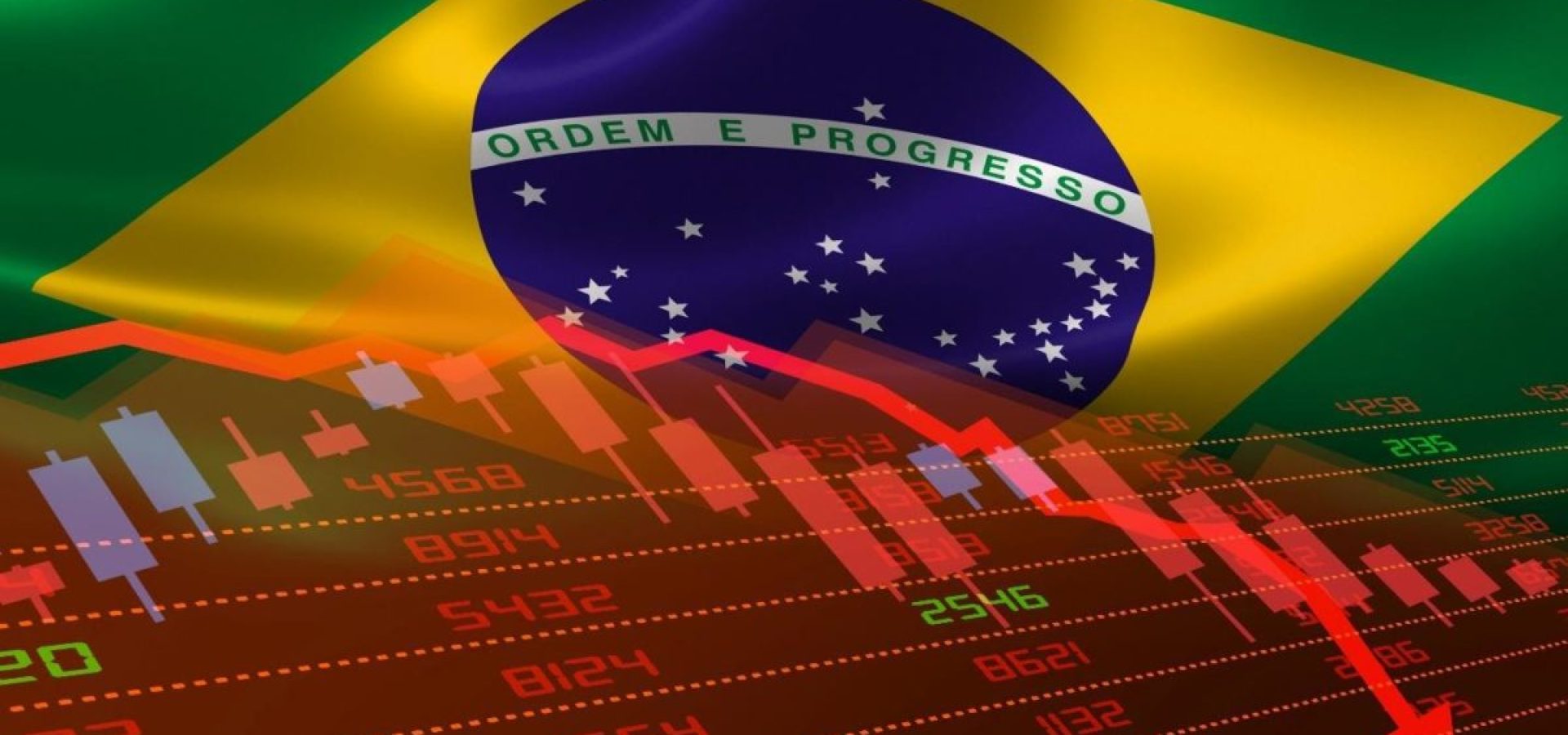
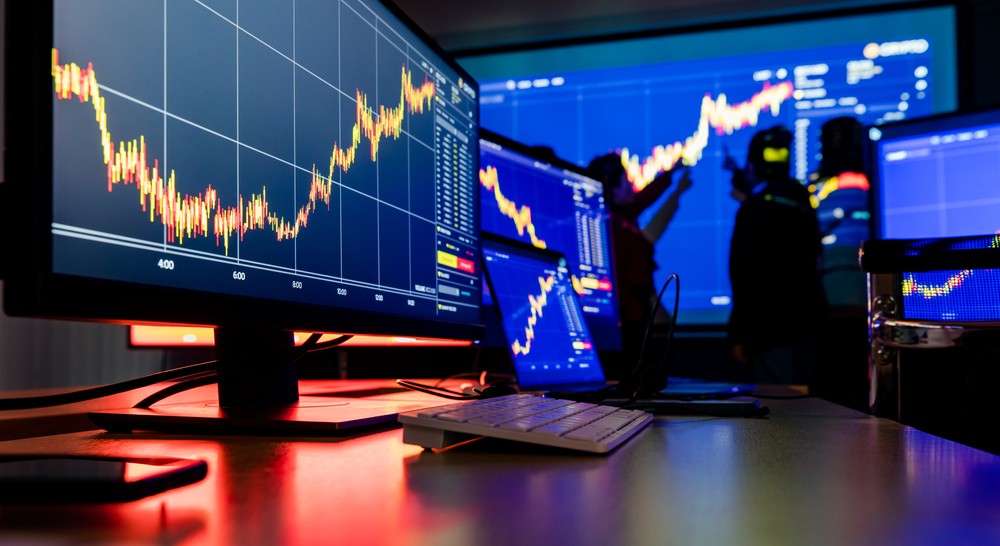
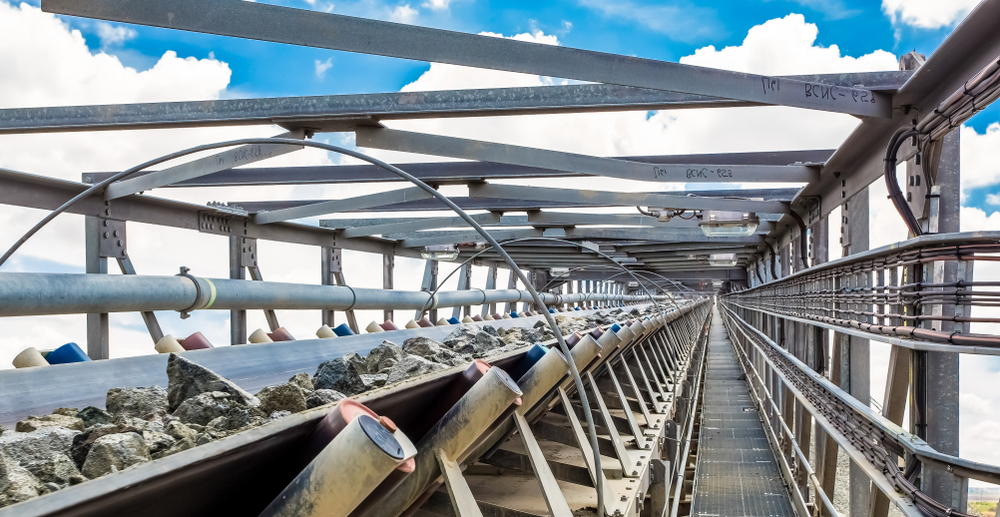
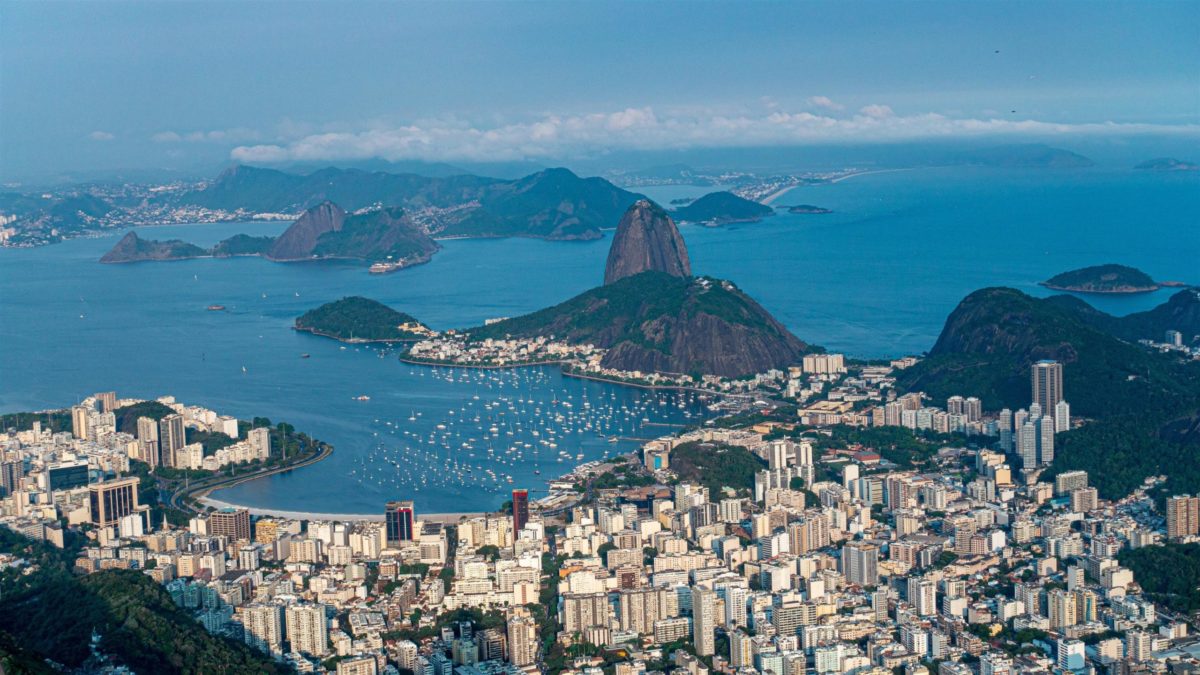

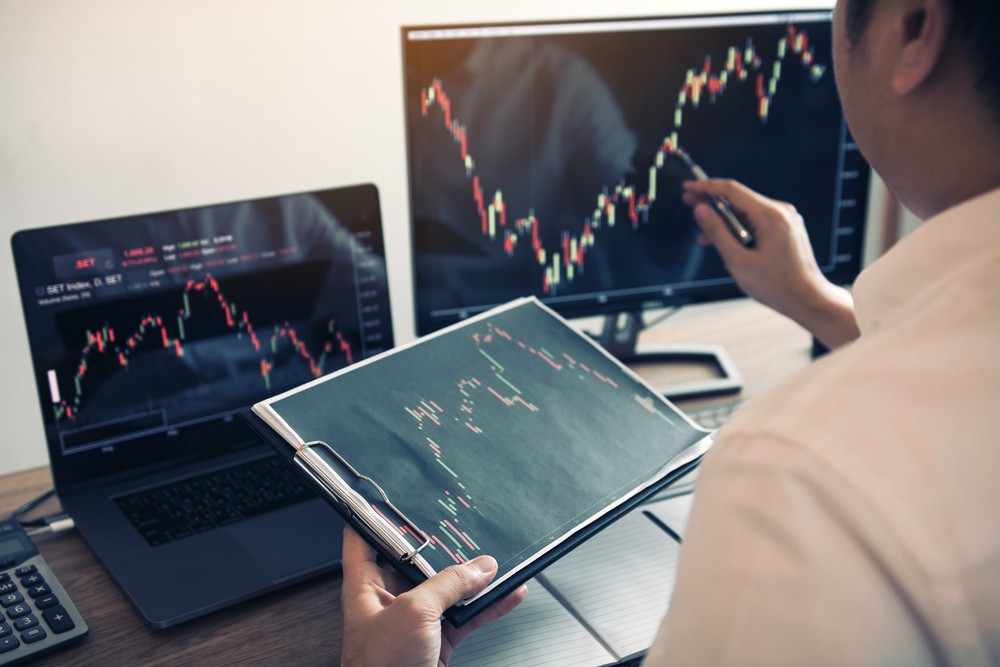
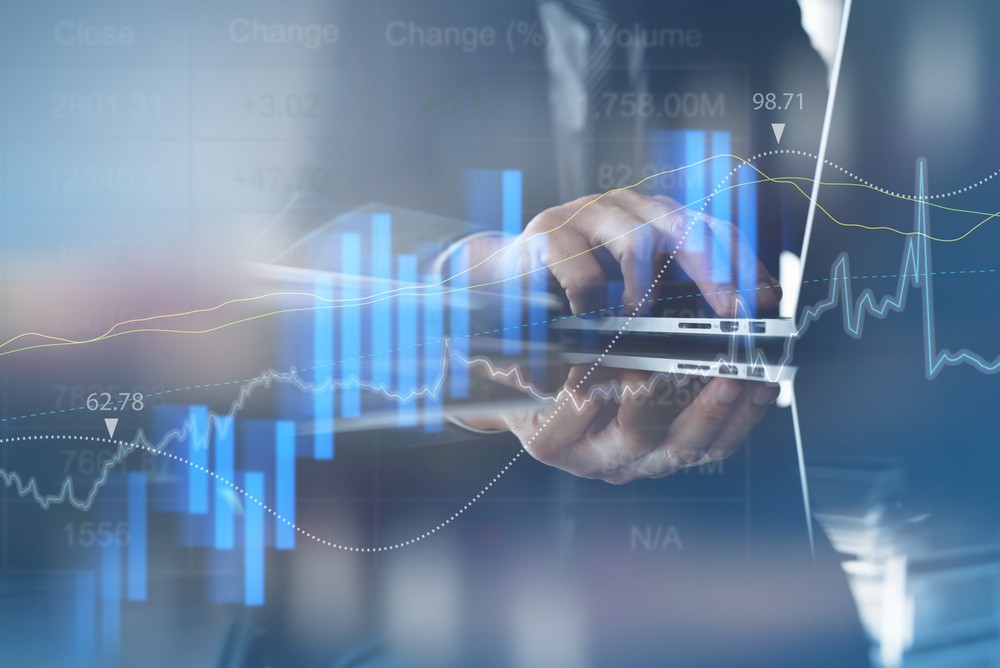

COMMENTS